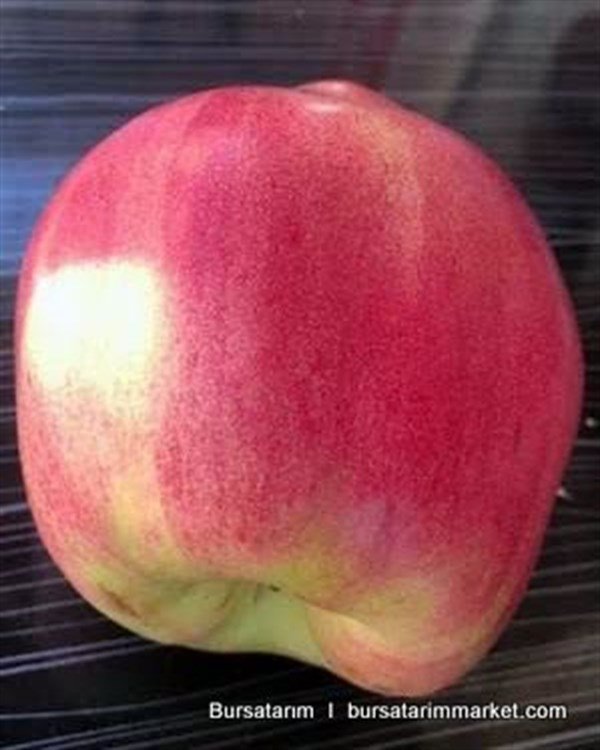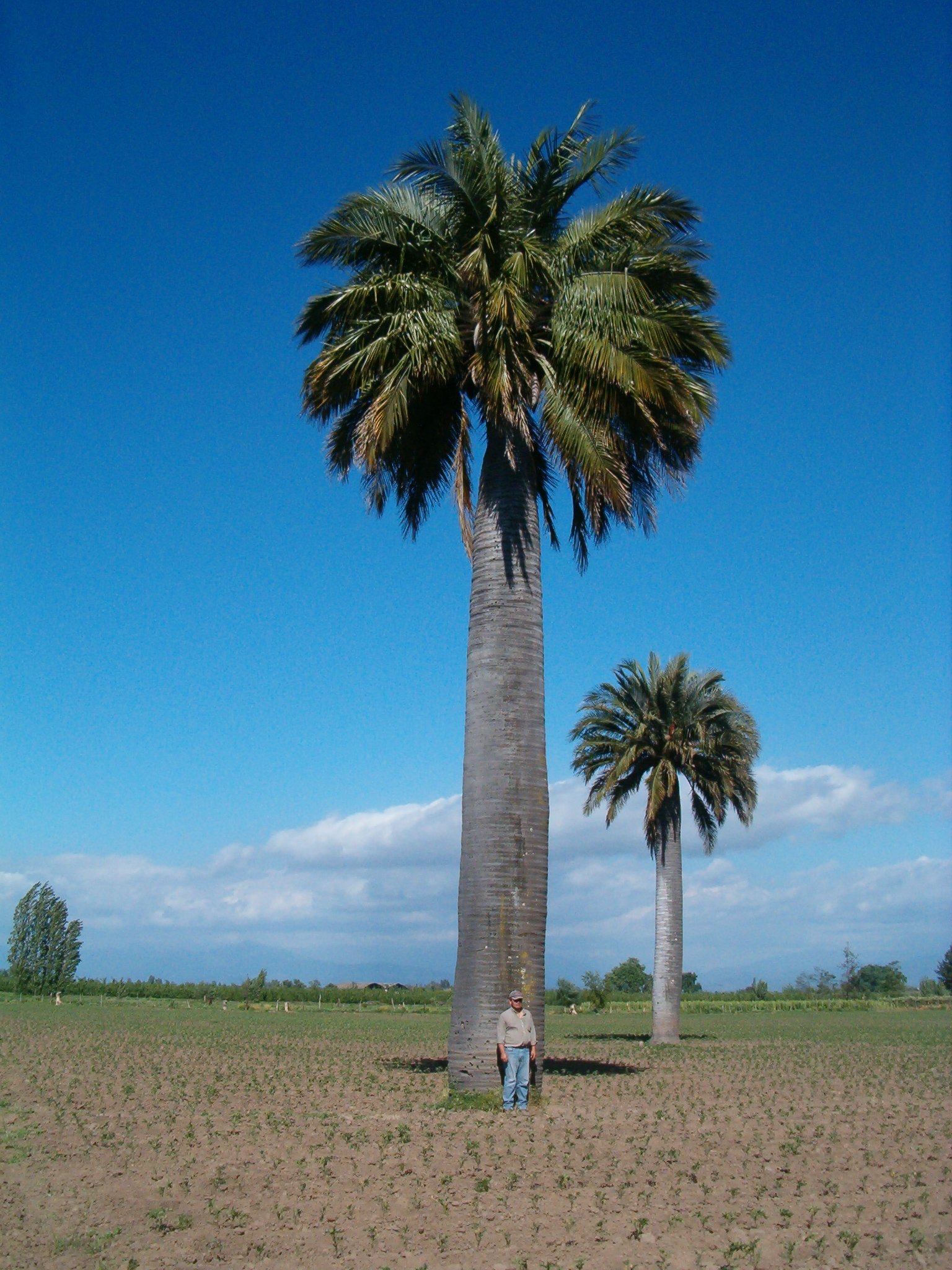My Current Projects
Here are the breeding projects that I am actively working on.
A delicious hardy passionfruit
Passionfruit is one of the world’s favorite flavors, and nothing beats a fresh one. Especially in Seattle, where it often feels anything but tropical, it is a flavor that can really brighten the day. It is proven to relax you and even lowers blood pressure.
Many people are surprised to hear that passiflora can grow as far north as Seattle. Passiflora are native to the Americas and they hardiest ones have been grown as far north as Michigan and Maine. The most well known species native to the United States is Passiflora incarnata, which is often called a “Maypop”.
In colder places, they will die down to the roots, but they regenerate and grow back quickly the next year. Maypops can certainly fruit in one year from seed or an established root division like this one.
While all passiflora are beautiful, they are not all tasty. The most commonly consumed fruit are selections of Passiflora edulis. Those are surprisingly hardy, but not quite hardy enough to survive outdoors unprotected in the Pacific Northwest.
So we look for crosses! I highly recommend Raphael Meier’s wonderful recent book on the topic. He has been working on a large scale breeding project in Switzerland, and writes detailed posts about it. I also suggest reading Ethan Nielsen’s blog posts on polyploidy and hybridization if this topic interests you. Anything I attempt is truly standing on the shoulders of giants, as the genetic resources I am using comes from years of efforts of foraging, selecting, breeding, and importing from others.
The good news is that many people are continuously selecting and breeding, and it is just a matter of time before we get some more hits that are publicly available. I have a small collection and am doing what I can to be a data point out of Seattle.
Current Accessions:
The Red Quince
I am looking to create a quince that has red skin and red flesh.
In Turkey, there is a red-skinned quince (called “kırmızı ayva” in Turkish) that was brought to the Bursa region from the Balkans. It tastes just like any other quince, but it has the added benefit of having less “hairs” on the skin of the fruit.
I have yet to find a quince with red flesh.
However, red flesh exists in apples and pears. The pigmentation of these apples range from speckles or rings of pink to a deep red coloration on the inside. With pears, the coloration is generally less dramatic than what can be seen in red-fleshed apples but with the right conditions, you can get still get an impressive result.
I am working to create a hybrid that has both red skin and red flesh, with mostly quince characteristics. And yes, there are intergeneric hybrids of quince + apple (sometimes called ‘cydomalus’) as well as quince + pear (sometimes called ‘pyronia’). As more genomes are sequenced, this may also be possible to accomplish via CRISPR.
Please reach out to me if you have any experience hybridizing these. I have scions of a red-skinned quince accession that I can trade.
The Darkest Pomegranate
The black variation shows up commonly in pomegranates. It can take a few different forms, including darkness in the peel and darkness in the arils. The researcher Alexandra Strebkova (“AD Strebkova” on Google Scholar) even described a pomegranate that was so dark (even in the rind!) that she called it “blue”.
I am collecting the darkest pomegranates that I can find and looking to breed them. According to this paper by Trainin et al, the “black” trait (at least in the peel) is highly heritable. I am interested in breeding pomegranates that are big, dark (inside and outside), and tasty.
One such pomegranate that is being prepared for commercial cultivation is the R36 pomegranate, which was developed by Fertviher in Spain. Another selection is “Eight Ball”, which was introduced by Plant Delights nursery and has made its way around the world.
I am making crosses in my garden near Seattle and with some researchers in Turkey. Please contact me if you have information or are interested in trading propagation material.
I am very eager to establish partnerships with researchers in Azerbaijan and Turkmenistan for further pomegranate sequencing and selecting.
A better cold hardy coconut with Parajubaea torallyi, Jubaea chilensis, Syagrus, and Butia
There are a few hardy palms that make wonderful mini coconuts. These palms have remarkable abilities to withstand cold, and Jubaea chilensis has a proven capability of handling both cold AND wet (they survive unprotected without issue in Seattle). Butia can have good hardiness but one has to be careful to not let snow sit in the crown. Some of them also make delicious fruit too. Syagrus has less hardiness, but grows quickly and some species (like Syagrus macrocarpa) have tasty fruits and seeds (which are like mini coconuts).
Unfortunately, Jubaea chilensis grows slowly. Jubaea hybrids have proven to grow much faster than Jubaea and mostly retain their hardiness. Parajubaea torallyi (especially var torallyi) has found a resurgence of use in its native habitat in Bolivia, where it is called janchicoco. The UN has sponsored research and development for its food value through the UNDP.
I am looking to create hybrids for the purpose of widening the range of the production of coconut meat. Turkey is a great candidate for them, since there is they produce machinery for processing nuts and fruits. I generally dislike the idea of shipping foods from far away, and these are beautiful palms that are endangered in their native ranges. With changes in climate, it is imperative that we propagate and test these in as many places as possible. Palms produce thousands of seeds, and I am doing what I can to spread these South American treasures as far as I can.
See this Twitter thread that shows the culinary use of the palma chilena (Jubaea chilensis), which is often called the “Chilean wine palm” in English.
Please reach out to me if you have pollen or seeds available, or if you are interested in planting out some test palms.
Jubaea chilensis - picture from Cold Hardy Palms




